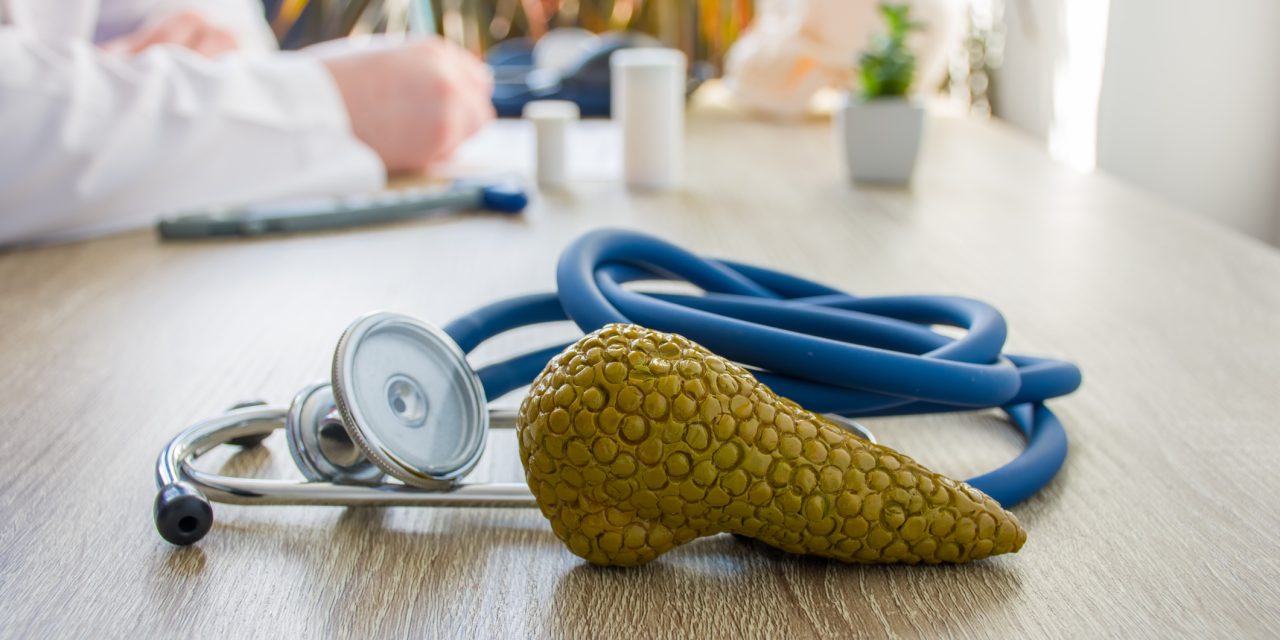Continuous usage of a ring pessary for pelvic organ prolapse may cause a disturbance of intravaginal microbiota and intravaginal mucosal damage. To avoid the side effects of continuous ring pessary therapy, daily self-replacement of the ring pessary is recommended. The purpose of this study is to evaluate the outcomes of self-replacement versus continuous ring usage, by analysing clinical findings and intravaginal microbiota.
Thirty seven patients who managed self-replacement ring pessary therapy and 13 patients with continuous ring pessary therapy participated in this study. The clinical symptoms were checked at 1 month after the initial ring pessary insertion. The changes in the intravaginal microbiota were evaluated by conventional methods, i.e. pH in the vagina, Lactobacillary grade, Nugent score, inflammatory cell counts, and culture-based bacterial detection methods. In addition, our clone library method using 16S rRNA sequencing of vaginal fluid was performed.
Patients were divided into four groups: self-replacement pre/post-menopause and continuous and pre/post-menopause. Five patients of the self-replacement group (n = 37) and all patients of the continuous use group (n = 13) complained of increased discharge. However, both the conventional methods and the clone library method revealed that the number of the self-replacement group patients who had abnormal intravaginal microbiota were not significantly different from that of the continuous use group.
Daily self-replacement ring pessary therapy prevented adverse clinical symptoms. However, abnormal intravaginal microbiota was frequently observed during self-replacement of ring pessary therapy as with continuous usage. Regardless, pelvic examinations should be performed routinely.
© 2020 Japan Society of Obstetrics and Gynecology.
Changes of intravaginal microbiota and inflammation after self-replacement ring pessary therapy compared to continuous ring pessary usage for pelvic organ prolapse.


